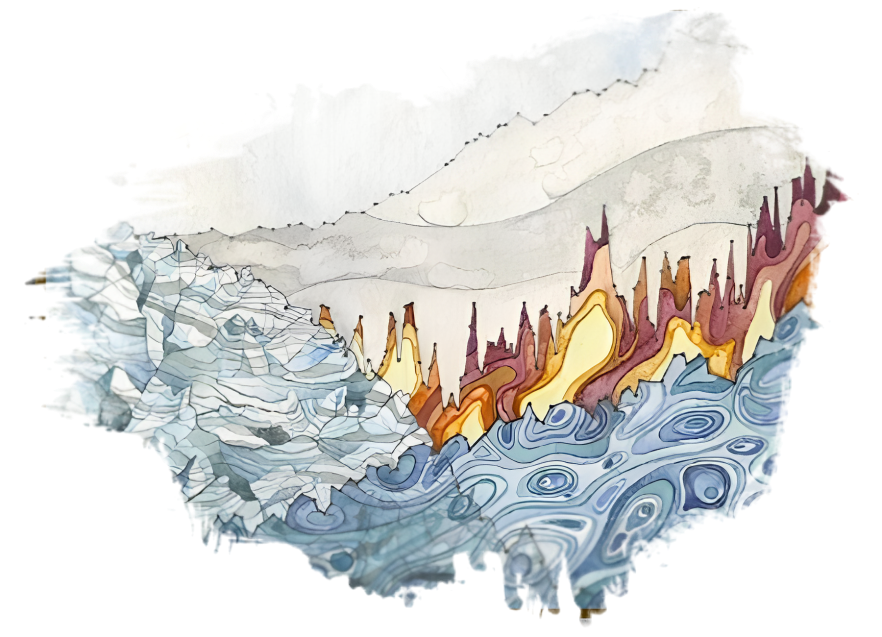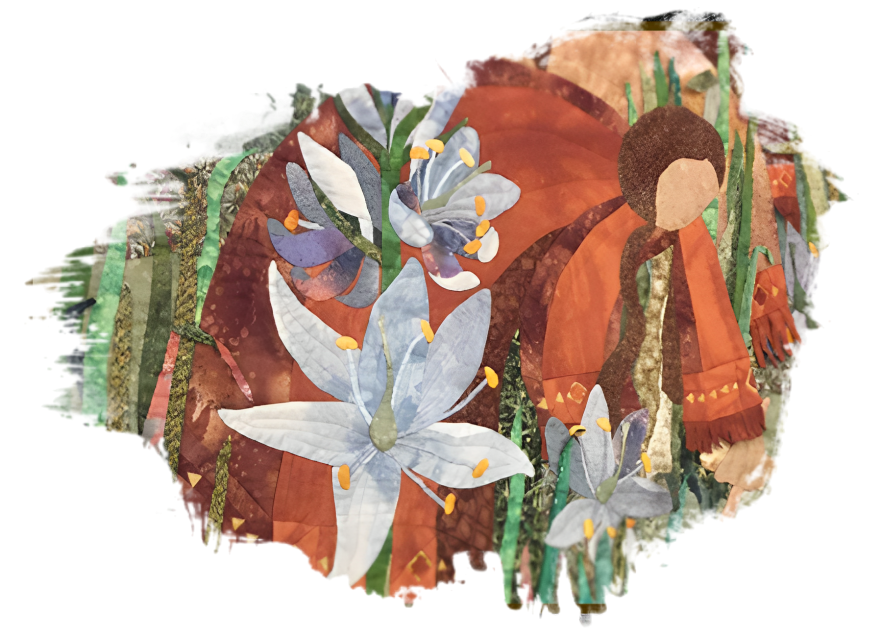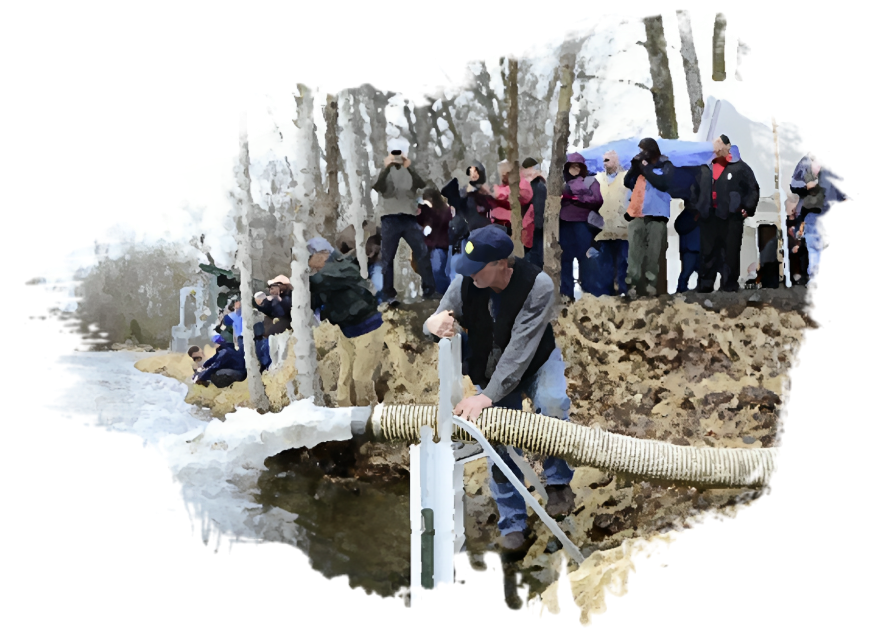The Nez Perce Tribe has three projects that are climate smart and culturally smart to enhance our efforts to assess vulnerability, plan adaptation actions, and provide solutions. The Restoration Toolkit for Ecological and Cultural Resilience, the Camas to Condors Project, and the Climate Smart Agriculture Project.

As the climate crisis intensifies, it is essential to design conservation projects for resilience under a broad suite of potential climate scenarios. Well-connected networks of habitat are more important than ever, as more than fifty percent of species are already on the move worldwide due to climate change. Climate-smart conservation focuses on diversity, refugia, functional integrity, ecosystem processes, evolutionary resilience, and close observation..
Increasing the number of species with flowers or fruit available during all seasons is one way to increase resilience and respond to changing phenology. The Tribe has completed a climate smart, culturally smart planting design tool called the restoration toolkit for ecological and cultural resilience or RTCER.
Cultural survival for most indigenous peoples is directly tied to their relationship to place, land, water, and plants and animals in their homelands.
The traditional knowledge of indigenous peoples worldwide maintains records of climate, phenology, wildlife, and land management practices that benefit ecosystems and humans.
Ancient stories and practices are lessons in responsive sustainable management. Including culturally important species, indigenous practices, or access for traditional knowledge keepers into conservation projects can help build resilience for all species, guide us to new scientific questions, and remind us to reconnect with our relationships and responsibilities to each other and to all life.
The Tribe and our partners are also working on the Camas to Condors Project, a project that focuses on cultural survival in landscape level conservation planning. The Tribe, Yellowstone to Yukon, Greater Hells Canyon Council, Nimiipuu Protecting the Environment, and David Mildrexler are the founders of this project.


Even for tribal staff, it can be challenging to include cultural uses in restoration projects & management treatments. We believe that finding ways to include culturally significant species in restoration planning design could improve ecosystem resilience, ecosystem services, and assist indigenous peoples with cultural survival. We also recognize the challenges, needs, and guidelines for working with traditional knowledge and tribes.
The Nez Perce Tribe’s Water Resources Division and Point Blue Conservation Science modified a climate smart planting tool with species in the inland PNW, and added cultural values to it. This toolkit is designed to help the tribe’s restoration practitioners and partners include culture and climate in their planting designs.
We are also working on a climate smart agriculture project to help farmers improve their soil and productivity, water retention and drought resilience, and to improve water quality and flow to try to reduce stream temperatures for fish, improve riparian habitat for wildlife, and increase pollinator diversity.
The incredible artists that created the above works can be found here: http://www.jillpelto.com/ and here: https://www.facebook.com/people/borg-hendrickson/100008996490456